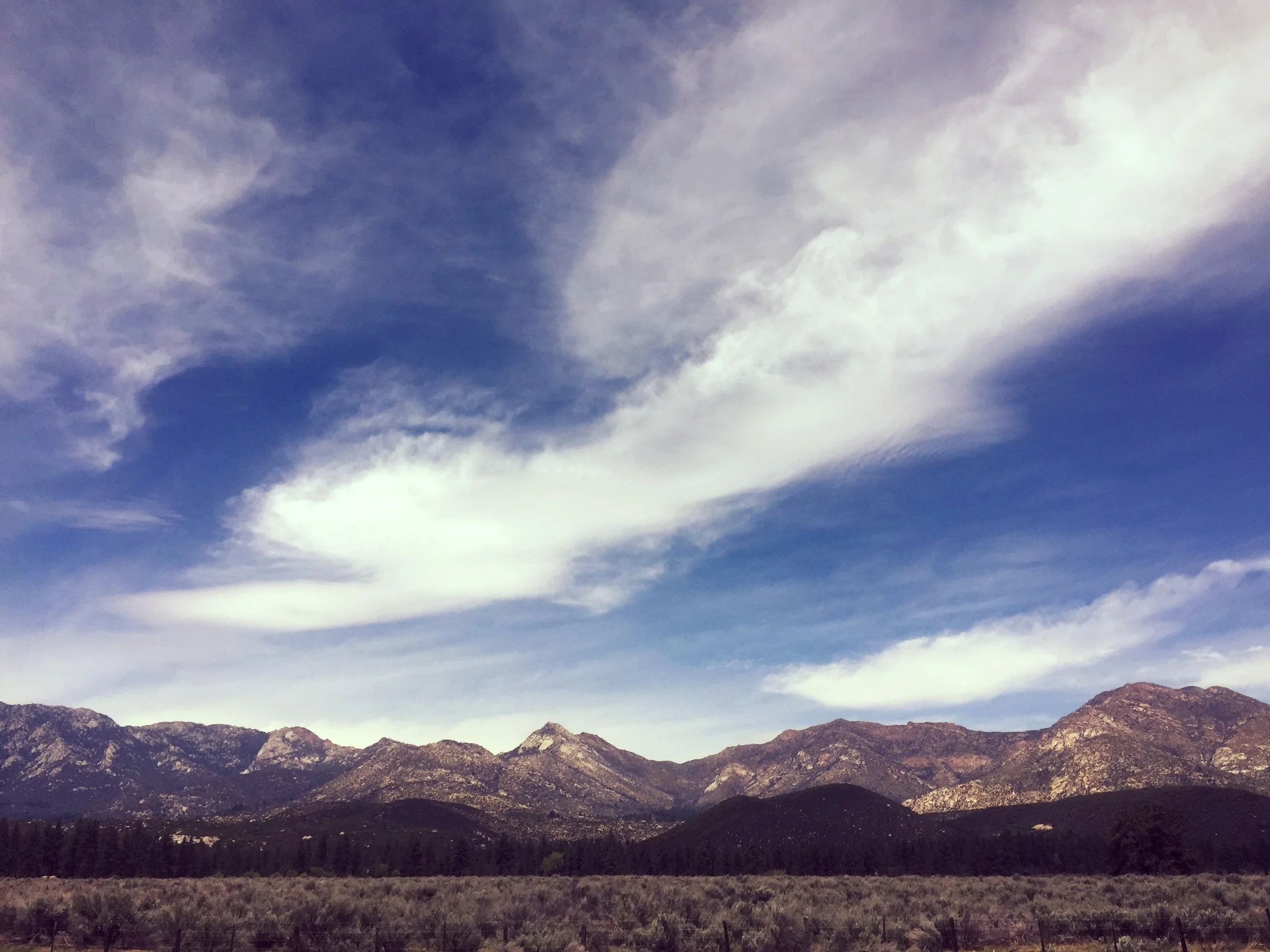Correcting Father Martin
Difficult conversations are, by their nature, difficult. Whether we think they should be or not, conversations concerning quiltbag-plus folks generally end up as one of those difficult conversations, especially when it involves more of a general audience, rather than just the quiltbag-plus community. On top of the usual delicacy involved with these discussions, several factors can add to that trepidation:
Important people—people who are in a position to be listened to—taking part in that conversation, and how they’re engaging.
Being ace and near those conversations—we can encounter a great deal of confusion and resistance within our own quiltbag-plus communities concerning our identities, how can we expect folks outside that umbrella to understand?
Anyone suggesting the mere idea of religion near the conversation.
Any one of those factors can cause some apprehension on their own. So it’s understandable, then, how they compounded when I, an ace Catholic, learned that a very well-known priest was releasing a book about the relationship between the quiltbag-plus community and the Catholic Church.
The author is Fr. James Martin, a prolific and popular Jesuit author—aside from Pope Francis, he is arguably one of the most famous Jesuits currently alive. His most recent book, published in June 2017, is Building a Bridge: How the Catholic Church and the LGBT Community Can Enter into a Relationship of Respect, Compassion, and Sensitivity. To coincide with the book’s release, he also gave a series of talks, including one at a church in Boston, Massachusetts. I was interested, having read some of his articles and heard him speak some months before, but I was also nervous. In the work I had seen he was open-minded, but given the difficulty of discussing quiltbag-plus matters and the Church, some concern is to be expected. A few days before the talk, I found the book in a local bookstore and read the introduction. Towards the end there’s a brief discussion of terminology, explaining the meaning of the LGBT initialism. He recognizes that LGBTQ and LGBTQA are common, but in explaining the latter he listed the A to mean ally. I was disappointed, but not terribly surprised—the A gets left out and misidentified often enough that us ace folks begrudgingly expect it, but that doesn’t mean the mistake doesn’t sting. That oversight aside, the rest of the introduction was decent enough to read on and go to the talk.
I picked up the book at the church on the night of the talk; I got there early, and the book is short enough that I read it in the hour or so before the talk was scheduled to begin. On the whole, the book does what it says in its subtitle: start a conversation between the quiltbag-plus community and the Church, and how both parties can approach the conversation with respect, compassion, and sensitivity. It emphasizes that quiltbag-plus people are just as loved by God as the rest of creation, and the Church and its members need to strive to emulate that love, as they should with all people. He also takes time to recognize that this isn’t his primary area of ministry; however, this is an important and necessary conversation, and as a prominent member of the Church he is in a position to foster it.
By the time I had finished reading, and the talk was due to start, more than seven hundred people had filled the church. Fr. Martin’s talk primarily covered the first part of the book—how the Church should approach the quiltbag-plus community—and to my ear, was more forward in the talk than in the book. He acknowledged the circumstantial selection bias that had skewed his anecdotal sources to primarily feature gay men, and clearly stated that while both communities should approach each other with respect, compassion, and sensitivity—as anyone should in approaching anyone else—the primary onus of improving relations rests with the Church. That had seemed implicitly clear to me in the text, but given existing tensions such an important point should be as explicit as possible. He also reiterated that this is all relatively new to him, and said that he was open to new information.
Quietly, and rather nervously, I hoped so. Because I had decided to correct him on the matter of the A.
Following the talk was a book signing, and as with any signing with a well-known author who had just spoken with seven hundred people, the line was long. He was also incredibly generous with his time, taking time to talk briefly with everyone who came—it was lovely and admirable, but it also left me more time to stew with my nerves. There’s a part of me that still isn’t sure how I didn’t chicken out and leave the line. The Jesuits are particularly known for their ministry in higher education, and I had challenged teachers before; but in my mind challenging a teacher is very different from challenging perhaps the second most famous living Jesuit. But, learning is an important part of teaching, he had said he was open to learning, and this was important. I stayed in line.
Eventually I approached his table, my copy of the book open to the end page. I introduced myself, thanked him for the book as he signed it, and for his openness in learning. And in the spirit of that openness I wanted to point out one thing: the introduction says that the A stands for ally, when it actually stands for asexual, aromantic, and agender. Internally I braced myself—I hope my nerves didn’t show too much, but then again I have a terrible poker face.
He thanked me for this information. He pulled out a small notebook, wrote this down, and told me he was glad to know. He didn’t just listen to what I had to say—he truly heard me, properly and genuinely.
I was stunned as I left, and I was about halfway home when my emotions started to catch up with me. But it wasn’t until I was home and relaying what had happened to a friend when it fully hit me what had happened, and I cried, overwhelmed with how validated I felt. I haven’t had a ton of pushback on recognizing the validity of aceness, but I know it happens, and I’m still scared of that pushback—at best it’s patronizing, and only worsens from there. Yet a stranger not only took the correction graciously, he thanked me for it. To be so seen, right on the spot and without question, is a most remarkable joy.
A revised and expanded edition of the book came out in March 2018, and of course I ordered a copy. My mother was visiting at the time, and the book arrived while I was out at a rehearsal. She texted me “page 22!!”, apropos of nothing, and I didn’t have the chance to clarify what she meant. When I got home, she handed me the book, and at first I just skimmed the new introduction. Then I reached the section “Why I’m writing”, which had served as the introduction to the first edition, and immediately I flipped to the end. As it turns out, page twenty-two is where the explanation of terms now falls—it now explains that LGBTQA stands for lesbian, gay, bisexual, transgender, questioning or queer, and asexual.
He had written down the change, and the change made it into the updated edition. Asexuality isn’t a focus of the book, but to have the word there in black and white, however small, is a powerful, joyful thing.
Fr. Martin gave another talk in Boston the next month. I brought my new copy of the book, and in the signing after the talk I reintroduced myself, and thanked him for making the correction.
“You made that happen!” he told me.
“Surely I wasn’t the only one who said—?” I tried to suggest. Surely some other ace Catholics had pointed this out to him.
“No,” he assured me, “you were the only one.”
He signed page twenty-two for me.





